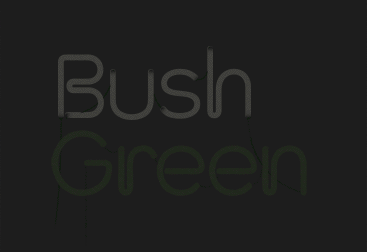Student Guide to Playwriting: Structure
Fri 21 Apr 2017 |
Playwriting
In the run up to the launch of The Student Guide to Writing: Playwriting book, here is the third in a series of blogs on top tips from the lesson plan writers.
This blog is from John Yorke, founder of the BBC Writers Academy and the former Head of Channel 4 Drama and Controller of BBC Drama Productions, who shares his top tips on Structure.

- FOCUS
This lesson plan is focused on Structure. All stories have a shape, and more often than not that same shape can be found in every archetypal story – not just in theatre or television drama, but in every form of narrative. The idea of this lesson is to introduce you to the basic ingredients of that structure.
- WHY THIS AREA OF CRAFT IS IMPORTANT
There are no successful writers who haven’t mastered structure. However, it’s important to understand that that doesn’t mean all those writers have studied it. What this suggests is that structure isn’t some external construct imposed from studying, for example, Robert McKee, but rather something that comes from within. Structure is something the human brain imposes on random events to give them shape (that’s what stories are – order from chaos), with that shape giving those events meaning. So you don’t HAVE to study it, but studying it won’t do you any harm – the more you learn about your craft the easier and more fascinating it will be.
- A SIMPLE EXERCISE OR EXERCISES USING THIS CRAFT ELEMENT TO DEVELOP YOUR PLAY
Take a simple fairy tale such as Jack And The Beanstalk. Structure normally consists of three acts – beginning, middle and end. Divide Jack and the Beanstalk into three acts.
The first act is the beginning of the adventure – the invitation into a strange new world. In James Bond it’s when M gives him his mission, in Alice In Wonderland it’s where she falls down rabbit hole. Where is it in Jack And The Beanstalk? When is Jack invited to join a strange new world?
The second act is the journey through the strange new world. It’s strange, and exciting and normally ends with a crisis – the hero finding themselves captured or in great danger. James Bond is captured – Alice faces the evil queen of hearts. During this act the hero/heroine often learns or gets hold of something they never knew before. What does Jack get hold of? Does he learn anything? When does he face his maximum crisis? His peak jeopardy?
The third act is the final battle in which the hero or protagonist overcomes their enemy or antagonist. They are rewarded if it’s a happy ending, or punished if it’s a tragedy. How is James Bond rewarded? How is Jack rewarded?
Once you’ve worked out the structure of the fairytale, try and transpose it into the modern day. You’ll be surprised how many modern stories are similar. The latest Star Wars film The Force Awakens is a good example. Rey’s beanstalk is the Millennium Falcon. What she finds in the middle, the object she has to master, is Luke Skywalker’s light sabre and what it represents. That’s one example. What if Jack is a poor kid with no friends? What could be the equivalent of a beanstalk, what could be the equivalent of the golden egg? Use your imagination – there are no right answers.
Now make a note for your play which you came up with the idea for via the last lesson plan (or you can come up with your idea now) of what your three act structure would look like for this play:
- Act One – the beginning of the adventure:
- Act Two – the journey through the strange new world:
- Act Three – the final battle:
Keep an eye on this blog for more top tips from the lesson plan writers. These continue in The Student Guide to Writing: Playwriting book which will be published on 9 May. Next time, our blog is by Jennifer Tuckett, Course Leader of the MA Dramatic Writing at Drama Centre London at Central Saint Martins, Director of Writers at Work Productions, and co-founder of The Student Guide to Writing series, University Women in the Arts and London Writers’ Week.
For more information on and to attend the launch of The Student Guide to Writing: Playwriting book on 9 May click here.
P.S. Need a cosy place to write? Our Reading Room at the Bush Theatre is stocked full of playtexts and theatre books. We’re open 10am-11pm with coffee, cake and croissants to keep you going.




